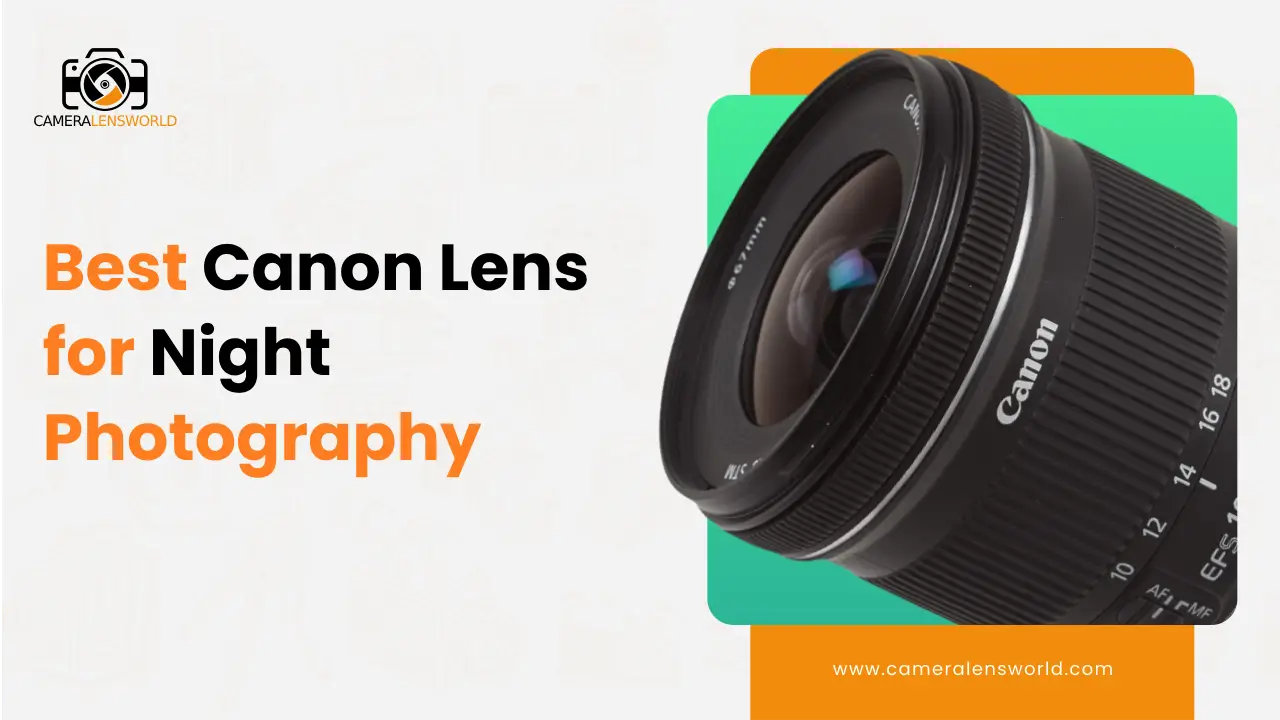
Envision yourself out on a starry night, anxious to capture breathtaking images. But taking photos at night may be challenging. Proper gear is crucial, like the best Canon lens for night photography.
Why? Because when you’re in a place with low light, like a city at night or under a starry sky, taking great pictures can be tough. The lens on your camera matters a lot. It can make your photos look amazing.
So, let’s explore some best Canon lenses for night photography that will help you take fantastic night photos.
List of best Canon lenses for night photography [Quick list]
Here is a quick list of the best Canon lenses for night photography.
- Canon EF 24mm f/1.4L II USM
- Canon EF 16-35mm f/2.8L III USM
- Canon RF 28-70mm f/2L USM
- Canon EF 28mm f/1.8 USM
- Canon 35mm f/1.4L II USM
- Canon EF-S 10-18mm f/4.5-5.6 IS STM
- Canon EF-M 22mm f/2 STM
- Canon EF-S 17-55mm f/2.8 IS USM
List of best Canon lens for night photography [Detailed analysis]
Let’s now have a detailed analysis of the best Canon lens for night photography.
1. Canon EF 24mm f/1.4L II USM
- The Canon EF 24mm f/1.4L II USM lens has a maximum aperture of f/1.4, which allows enough light into your camera for low-light and night shooting.
- Furthermore, this lens has weather sealing to guard against moisture and dust, guaranteeing it can survive various environmental situations and increasing its longevity for outdoor photography.
- When it comes to chromatic aberration, the lens successfully decreases chromatic aberration, resulting in images with minimum color fringing and outstanding clarity.
| Brand | Canon. |
| Type | Wide angle. |
| Lens format coverage | Full frame. |
| Compatible Mounting | Canon EF. |
| Image Stabilization | No image stabilization. |
| No.of diaphragm blades | 8 blades. |
| Lens construction | 13 elements in 10 groups. |
| Minimum focus distance | 0.25 m. |
| Weight | 647 g. |
| Adjustment | This lens has a ring-type USM for fast, quiet autofocus and full-time manual focus override. |
Reasons to buy:
- Weather-sealed construction.
- Wide-angle design.
- Quick maximum aperture.
Reasons to avoid:
- Large and heavy.
- Expensive.
2. Canon EF 24-70mm f/2.8L II USM
- The Canon EF 24-70mm f/2.8L II USM lens offers a maximum aperture of f/2.8 across its zoom range, making it a versatile choice for low-light shooting and achieving a shallow depth of field.
- This lens is additionally weather-sealed, protecting against moisture and dust and making it appropriate for outdoor use in a variety of environments.
- It has advanced optical elements and coatings to reduce chromatic aberration, resulting in images with little color fringing and great clarity.
| Brand | Canon. |
| Type | Wide angle. |
| Lens format coverage | Full frame. |
| Compatible Mounting | Canon EF. |
| Image Stabilization | No image stabilization. |
| No.of diaphragm blades | 9 blades. |
| Lens construction | 18 elements in 13 groups. |
| Minimum focus distance | 0.38 m. |
| Weight | 805 g. |
| Adjustment | AF motor with ring-type ultrasonic technology and full-time manual focusing. |
Reasons to buy:
- Flexible focal length range.
- USM autofocus is quick and precise.
- Weather-sealed.
Reasons to avoid:
- No image stabilization.
- Heavy.
3. Canon EF 16-35mm f/2.8L III USM
- The maximum aperture of the Canon EF 16-35mm f/2.8L III USM lens is f/2.8, which provides exceptional low-light performance and the ability to create a shallow depth of field when required.
- Canon EF 24-70mm f/2.8L II USM is also weather-sealed, making it resistant to moisture and dust, making it excellent for shooting in harsh situations.
- Canon created this lens with superior optics and coatings to efficiently eliminate chromatic aberration, resulting in images with little color fringing and good clarity even in low-light conditions.
| Brand | Canon. |
| Type | Wide angle. |
| Lens format coverage | Full frame. |
| Compatible Mounting | Canon EF. |
| Image Stabilization | No image stabilization. |
| No.of diaphragm blades | 9 blades. |
| Lens construction | 16 elements in 11 groups. |
| Minimum focus distance | 0.28 m. |
| Weight | 790 g. |
| Adjustment | Includes Canon’s ultrasonic motor (USM) for quick and silent autofocus. |
Reasons to buy:
- Design with a wide angle for better flexibility
- USM autofocus is quick and precise.
- Weatherproof structure.
Reasons to avoid:
- Bulky and Heavy.
4. Canon RF 28-70mm f/2L USM
- The Canon RF 28-70mm f/2L USM lens is a part of the L-series lens with excellent picture quality.
- The lens has an outstanding maximum aperture of f/2, making it an excellent low-light lens.
- This lens is weather-sealed, which protects it from moisture and dust and ensures its endurance and appropriateness for outdoor photography.
- Canon used advanced optical elements and coatings in this lens to reduce chromatic aberration.
| Brand | Canon. |
| Type | Standard lens. |
| Lens format coverage | Full frame. |
| Compatible Mounting | Canon RF. |
| Image Stabilization | No image stabilization. |
| No.of diaphragm blades | 9 blades. |
| Lens construction | 19 elements in 13 groups. |
| Minimum focus distance | 39 cm. |
| Weight | 1430 g. |
| Adjustment | Control ring for quick and easy setting changes. AF with full-time MF. |
Reasons to buy:
- Fluorine coating provides dust and water resistance.
- Chromatic aberration is well controlled.
- High-Quality Optics.
- Fast and Silent Autofocus.
Reasons to avoid:
- Limited Reach.
- No Image Stabilization.
5. Canon EF 28mm f/1.8 USM
- The Canon EF 28mm f/1.8 USM lens is ideal for low-light photography due to its f/1.8 maximum aperture.
- However, because this lens is not weather-sealed, it may not be appropriate for usage in harsh environmental conditions or severe weather.
- It may have chromatic aberration, especially at wider apertures, but the level depends on the lens and shooting conditions.
| Brand | Canon. |
| Type | Wide angle. |
| Lens format coverage | Full frame. |
| Compatible Mounting | Canon EF. |
| Image Stabilization | No image stabilization. |
| No.of diaphragm blades | 7 baldes. |
| Lens construction | 10 elements in 9 groups. |
| Minimum focus distance | 0.25 m. |
| Weight | 310 g. |
| Adjustment | The lens features autofocus capabilities but also allows manual focusing when needed. |
Reasons to buy:
- Lightweight.
- Wide-angle design.
- Quick maximum aperture.
Reasons to avoid:
- No weather sealing.
- No image stabilization.
6. Canon 35mm f/1.4L II USM
- The Canon 35mm f/1.4L II USM lens’s f/1.4 maximum aperture is great for low-light shooting.
- Weather-sealed, this lens protects against rain and dust for outdoor and difficult shooting.
- Canon’s sophisticated optics and coatings reduce chromatic aberration, creating clear, color-fringe-free photos even in difficult lighting conditions.
| Brand | Canon. |
| Type | Wide angle. |
| Lens format coverage | Full frame. |
| Compatible Mounting | Canon EF. |
| Image Stabilization | No image stabilization. |
| No.of diaphragm blades | 9 blades. |
| Lens construction | 11 elements in 14 groups. |
| Minimum focus distance | 0.28 m. |
| Weight | 760 g. |
| Adjustment | The lens itself contains an autofocus motor. |
Reasons to buy:
- Wide f/1.4 Aperture.
- Excellent Low-Light Performance.
- Shallow Depth of Field.
- High-Quality Optics.
Reasons to avoid:
- Large and Heavy.
- Fixed Focal Length (No Zoom).
7. Canon EF-S 10-18mm f/4.5-5.6 IS STM
- Depending on the zoom setting, the maximum aperture of this lens ranges from f/4.5 to f/5.6.
- The lens is not weatherproof. In bad weather, it can’t survive moisture and dust.
- Chromatic aberration in the lens can cause color fringing in high-contrast pictures.
- However, contemporary lens coatings and design lessen chromatic aberration, and post-processing software can further reduce it.
- A stepping motor (STM) and revised focus mechanism enable smooth AF during video recording.
- A rear focusing system, high-speed CPU, and updated AF algorithm enable high-speed AF and full-time manual focus for rapid changes.
| Brand | Canon. |
| Type | Wide angle. |
| Lens format coverage | APS-C. |
| Compatible Mounting | Canon EF-S. |
| Image Stabilization | The lens has image stabilization. |
| No.of diaphragm blades | 7 blades. |
| Lens construction | 14 elements in 11 groups. |
| Minimum focus distance | 0.22 m. |
| Weight | 240 g. |
| Adjustment | The lens has both auto and manual focus systems. |
Reasons to buy:
- Affordable Wide-Angle Option.
- Image Stabilization (IS).
- Lightweight and Compact.
- Good for landscape and low-light photography.
Reasons to avoid:
- Narrower Aperture Range.
- Not Weather-Sealed.
8. Canon EF-M 22mm f/2 STM
- Its wide f/2 maximum aperture makes it suitable for low-light performance.
- This lens lacks weatherproofing. In bad weather, use it carefully because it doesn’t protect against moisture and dust.
- This lens is known for its optical quality, yet it may have a chromatic aberration in specific situations.
| Brand | Canon. |
| Type | Standard lens. |
| Lens format coverage | Canon EF-M mirrorless cameras. |
| Compatible Mounting | Canon EF-M. |
| Image Stabilization | No image stabilization. |
| No.of diaphragm blades | 7 blades. |
| Lens construction | 7 elements in 6 groups. |
| Minimum focus distance | 0.15 m. |
| Weight | 105 g. |
| Adjustment | Internal, using a Stepper Motor (STM); manual focus by wire. |
Reasons to buy:
- Compact and Lightweight.
- Wide f/2 Aperture.
- Suitable for Portraits and Low-Light.
- Affordable.
Reasons to avoid:
- Fixed Focal Length (No Zoom).
- No Image Stabilization.
9. Canon EF-S 17-55mm f/2.8 IS USM
- This lens has a maximum aperture of f/2, which is relatively wide.
- Unfortunately, this lens does not have a weather seal. Because it is not resistant to moisture and dust, it is vital to use caution when using it in inclement weather.
- In certain shooting settings, it may exhibit slight chromatic aberration.
| Brand | Canon. |
| Type | Wide angle. |
| Lens format coverage | APS-C. |
| Compatible Mounting | Canon EF-S. |
| Image Stabilization | The lens has image stabilization. |
| No.of diaphragm blades | 7 blades. |
| Lens construction | 19 elements in 12 groups. |
| Minimum focus distance | 35 cm. |
| Weight | 650 g. |
| Adjustment | Ultrasonic ring monitor (USM). AF with full-time MF. |
Reasons to buy:
- Wide f/2.8 Aperture.
- Versatile Zoom Range.
- Image Stabilization (IS).
- Fast Autofocus.
Reasons to avoid:
- Size and Weight
- Not Weather-Sealed
What to look for in the best Canon lens for night photography
Aperture and Night Portraits
When looking for the best Canon lens for night photography, look for a large maximum aperture, such as f/1.4 or f/1.8. A wider aperture allows more light, which is essential for getting well-exposed night photos. It enables a shallow depth of field, resulting in stunning background blur and highlighting your subject.
Consider lenses with picture stabilization to eliminate blur caused by camera shake in low light. With these qualities, you can capture breathtaking night photographs with clarity and artistic flare.
Focal Length
Consider focus length while choosing the best Canon lens for night photography. A fixed focal length prime lens, such as 24mm or 50mm, is frequently preferred. Because of their larger apertures, these lenses perform well in low-light situations.
A wider focal length, such as 24mm, is perfect for landscapes or wide-angle nightscapes, whereas a 50mm lens is ideal for portraits, creating a natural perspective.
Choose a focal length corresponding to your night photography aims, whether to capture the stars or create attractive night portraits.
Image Stabilization
Prioritize image stabilization (IS) for sharper shots in low light while looking for the best Canon lens for night photography. IS compensates for camera shake, which is important when shooting at night with longer exposures.
Look for lenses featuring image stabilization (IS), which is commonly labeled as “IS” or “Stabilized,” to ensure your photographs remain crisp. This feature is especially useful when shooting handheld in low-light situations, letting you capture crisp, noise-free nightscapes and portraits.
Compatibility
When selecting the best Canon lens for night photography, ensure it is compatible with your specific Canon camera model. Examine the lens mount, which should match the mount type on your camera (e.g., EF, EF-S, RF). For maximum performance, ensure that the lens is designed for the sensor size of your camera (full-frame or APS-C).
If you intend to switch to mirrorless cameras, consider future-proofing by purchasing lenses compatible with Canon’s mirrorless RF system. Compatibility ensures that your night photography experience is enhanced by smooth integration and optimum functionality.
Best canon lens for night photography FAQs
Which lens is best for night photography?
Most photographers favor a 20mm f/1.4 lens for night photography due to its wide aperture and short focal length. The 20mm focal length allows you to take broad photos without creating an unpleasant fisheye effect, and the incredibly wide f/1.4 aperture allows you to shoot in low-light conditions.
What are the lenses you only wear at night?
Ortho-k contact lenses are custom-made lenses worn overnight to gently reshape the cornea, allowing for clear eyesight the next day. According to research, nighttime ortho-k not only efficiently eliminates the need for glasses or daytime contact lenses, but it can also reduce the onset of myopia.
Is Prime or Zoom better for night photography?
Prime lenses often have larger apertures (lower f-stop numbers) than zoom lenses, allowing more light to enter the lens. As a result, they are ideal for low-light photography, such as indoor or nighttime photography.
What colors photograph well at night?
The blue of the sky and the yellow/orange ambient light from streetlights are a popular complementary combination at night. The red/orange taillights in Figure 4.3 add a great warm punch to a scene dominated by the calm blue sky.
Conclusion
In conclusion, selecting the best Canon lens for night photography is the key to overcoming the challenges of low light conditions. I‘ve explored how a wide aperture, image stabilization, and compatibility with your camera are crucial factors in capturing stellar nightscapes and portraits. Night photography can be difficult, but with a suitable lens, you can turn those difficulties into possibilities for stunning images.
If you want to learn more about astrophotography, check out my companion blog on astrophotography. These resources will provide the information and equipment to make your night shoots ideal.
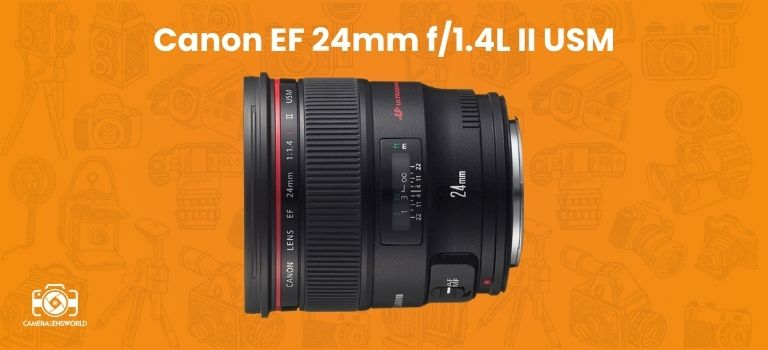

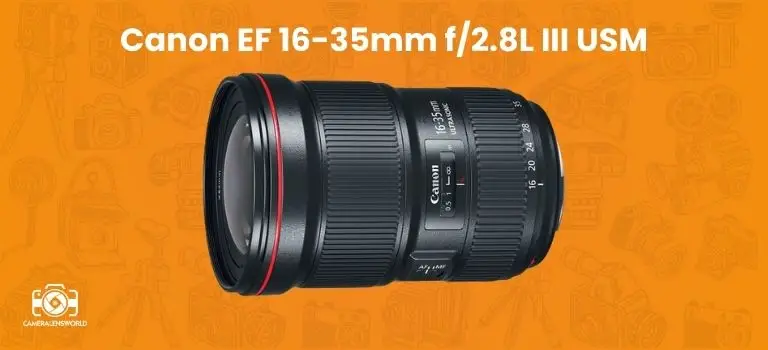
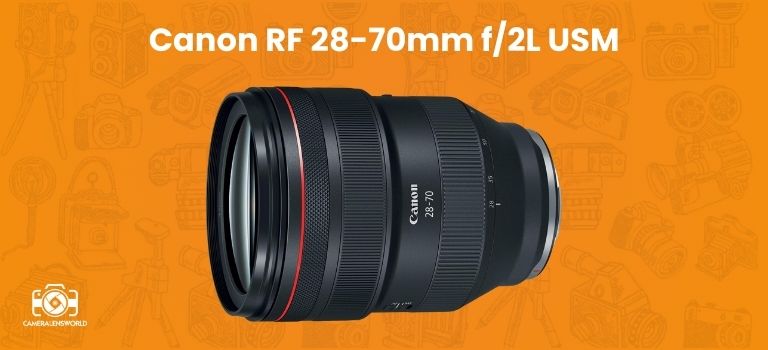
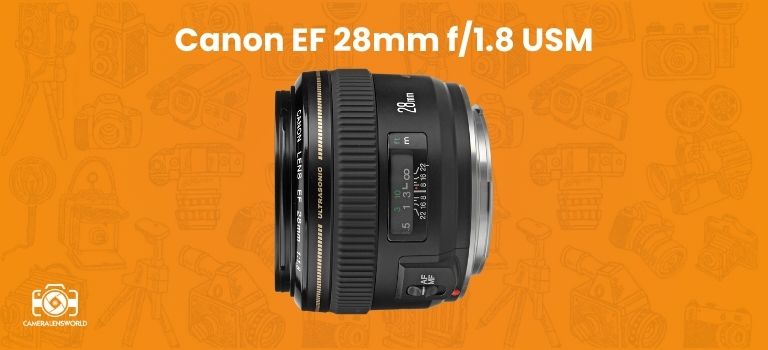

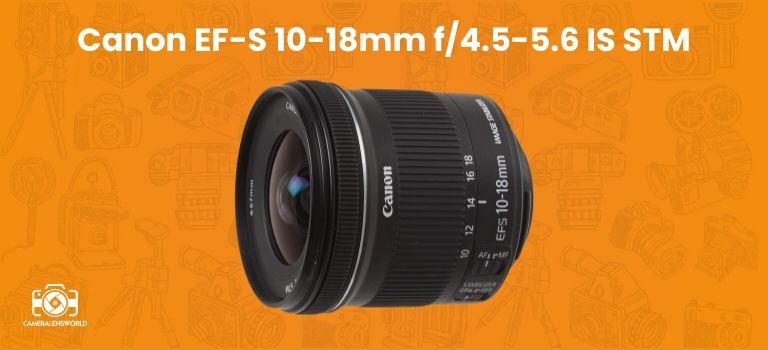
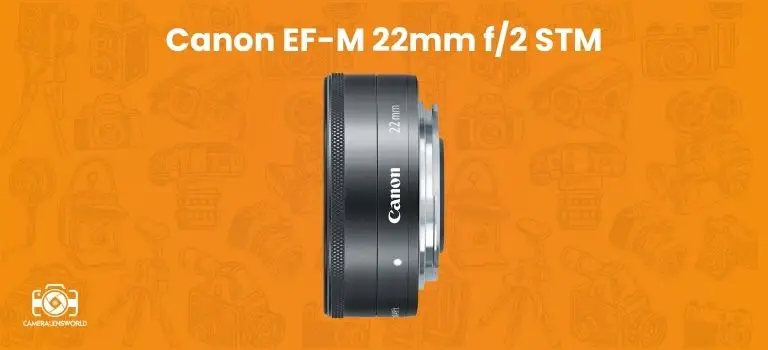
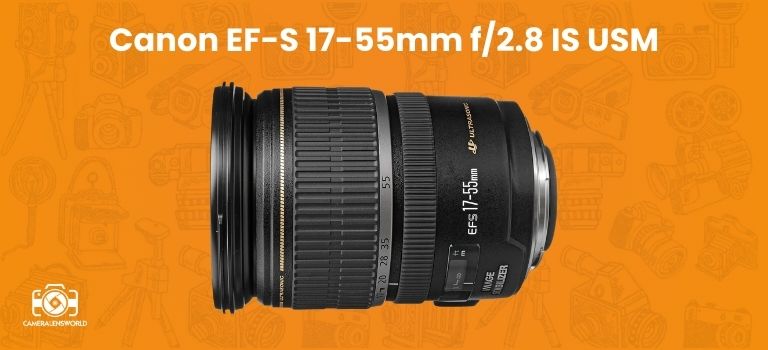

Leave a Reply
You must be logged in to post a comment.